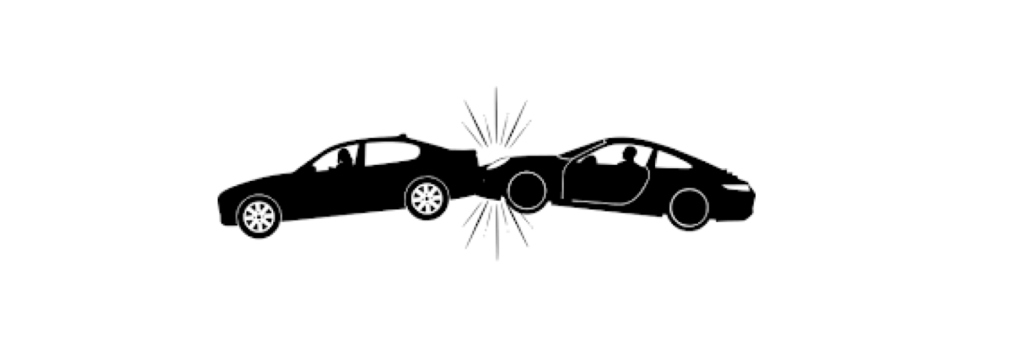Following a vehicle too closely is dangerous driving behavior. When a person is brake checking someone, it’s usually to try and get a person who is following too closely to back off and increase their interval. Brake checking is also a dangerous driving behavior. It’s an immediate hazard to the person who is following too closely, and it also creates a hazard for other vehicles on or about the roadway.
Brake Checking
Many states have no statute that forbids brake checking. That doesn’t mean that one or more other tickets can’t be issued for it though. Brake checking can even be construed as reckless driving.
Liability for Brake Checking Accidents
If a driver ahead of you brake checked you, and caused a crash leading to injuries, it’s possible that you could bring a claim or lawsuit against him or her for damages. It’s highly likely that the insurer for that driver would allege that you were comparatively negligent though.
Comparative Negligence
Comparative negligence alleges affirmative matter that is often raised by a defendant. It alleges that the plaintiff was partially at fault for an accident. If a jury finds a plaintiff to be comparatively at fault for an accident, it attributes a percentage of fault to that plaintiff. Then, that percentage is deducted from any award to him or her. Most states are known as modified comparative negligence states where i8f a claimant is 50 or 51% at fault for an accident, the law won’t permit him or her to take anything. Some other states a pure comparative negligence states where if a claimant is determined to be even 90% at fault for an accident, he or she can theoretically still take 10% of his or her damages.
Some Types of Accidents Caused by Brake Checking
Rear-end accidents are obviously the most common type of accidents that are caused by brake checking. Other types of accidents that might be caused might include the following:
- Sideswipes caused by impact or the rear vehicle swerving to avoid an impact with the front vehicle.
- Chain reaction crashes when the car that brake checked is pushed into the rear of the vehicle ahead of it.
- Single vehicle accidents when the following vehicle swerves off of the roadway.
Proving Fault in a Brake Checking Case
The plaintiff in the following vehicle has the burden of proof. That plaintiff must prove by a preponderance of the evidence that the person who was ahead and brake checking was careless and negligent. To preponderate means that the plaintiff’s version of the facts and evidence is more likely true than not true. Without dashcam footage of the driver ahead brake checking the following driver, it’s going to be difficult to overcome the burden of proof by a preponderance of the evidence. Statements from any independent witnesses would also be of value, but you’re going to need their contact information. Of course, advise the investigating police officer that the lead vehicle was brake checking.
Remember that the person bringing the claim or lawsuit has the burden of proof by a preponderance of the evidence. Before bringing any type of claim or lawsuit against the brake checker, you’ll want to consult with an experienced and effective car accident lawyer. Most such lawyers offer free consultations and case reviews. You’ll serve yourself well by consulting with at least one of them and learning about any legal options that you might have.




